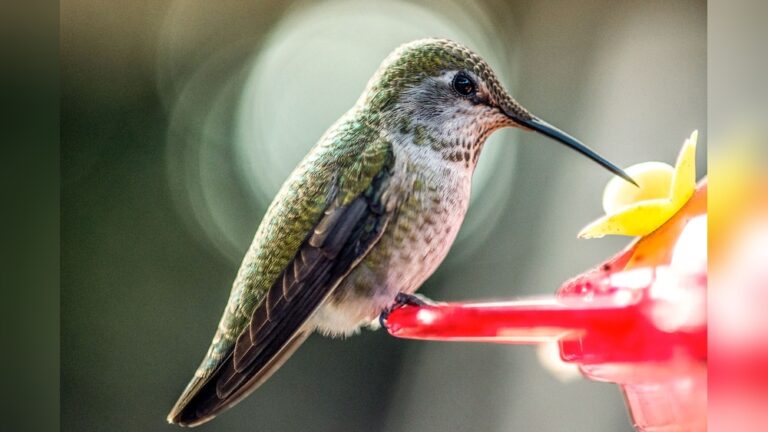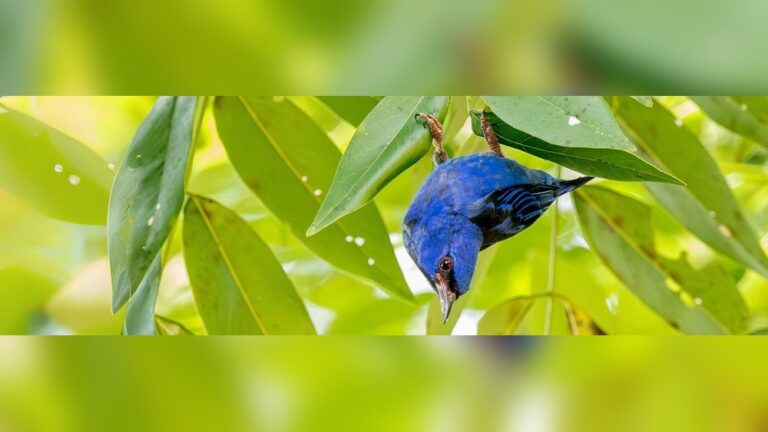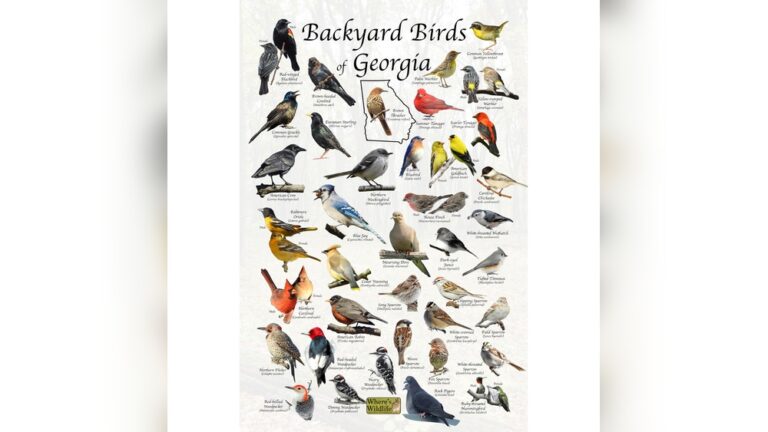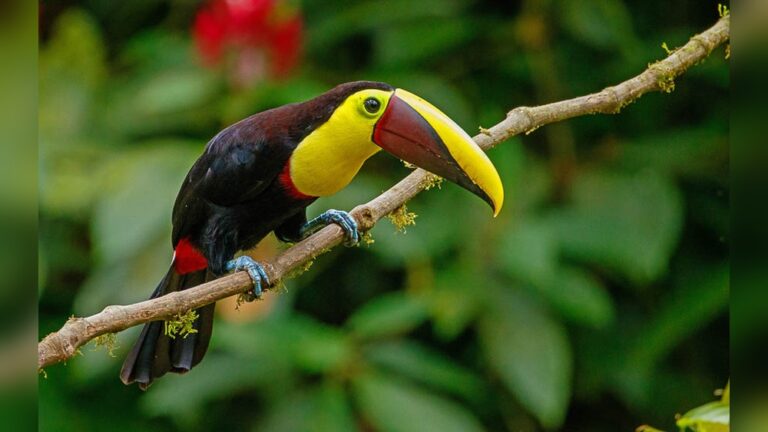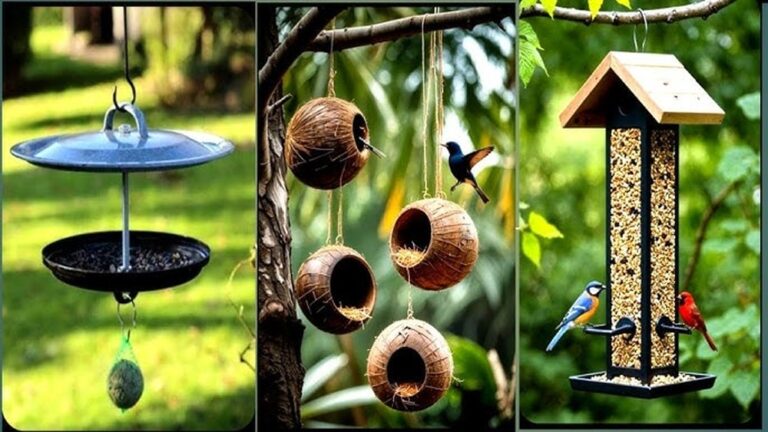Which Birds Have The Best Songs
Have you ever stopped to listen closely to the birds around you? Their songs can brighten your day, calm your mind, and even spark your creativity.
But which birds truly have the best songs? If you’re curious to discover the most beautiful and captivating bird melodies, you’re about to find out. This guide will help you recognize the birds whose songs stand out and explain why their tunes are so unforgettable.
Get ready to tune into nature’s finest concerts like never before.
Top Songbirds Around The World
Birdsong fills the air in many parts of the world. Some birds sing beautifully, making nature’s soundtrack more enjoyable. These birds use their songs to attract mates and mark their territory. People love to listen to their tunes during walks or early mornings. Each region has its own special songbirds with unique sounds.
Famous Songbirds In North America
North America hosts many well-known songbirds. The Northern Cardinal sings loud and clear. The American Robin offers cheerful, whistling notes. The Wood Thrush is famous for its flute-like melody. These birds brighten forests and gardens with their music.
Melodious Birds Of Europe
Europe has many birds with sweet songs. The Nightingale is famous for its rich and complex tune. The Blackbird sings a clear, melodious whistle. The Song Thrush repeats phrases, making its song easy to remember. These birds add charm to European countryside sounds.
Exotic Singers From Asia
Asia’s forests are home to exotic songbirds. The Asian Koel sings loud, rising and falling in pitch. The Hwamei has a soft, warbling song that soothes listeners. The Siberian Rubythroat sings a mix of whistles and trills. Their songs reflect the rich diversity of Asian wildlife.
African Birds With Unique Calls
Africa hosts birds with unusual and strong calls. The African Grey Parrot mimics sounds and sings well. The Paradise Whydah offers a sweet, high-pitched song. The Superb Starling sings a variety of whistles and chatters. These birds fill African skies with unique music.
Australia’s Vocal Masters
Australia is home to many vocal birds. The Lyrebird mimics other birds and sounds perfectly. The Australian Magpie sings complex and clear tunes. The Willie Wagtail offers a sharp and cheerful song. These birds create a lively soundscape across Australia.

Credit: localfood.ces.ncsu.edu
Characteristics Of Beautiful Bird Songs
Bird songs captivate many with their natural beauty. They vary greatly across species. Some songs are simple and sweet. Others are complex and rich. The characteristics of these songs make them appealing to hear.
Understanding these traits helps us appreciate birdsong more. It also shows why some birds are known for the best songs. This section explores what makes a bird song beautiful.
Song Complexity And Variety
Complex songs have many different notes and sounds. Birds with varied songs can mix sounds in unique ways. They often change their songs to keep them fresh. This variety holds the listener’s interest.
Simple songs use fewer notes and repeat patterns. Both simple and complex songs can be beautiful. Complexity often shows the bird’s skill and fitness.
Melody And Tone Quality
Melody refers to how notes rise and fall. A smooth melody is pleasing and easy to follow. Tone quality means how clear or rich a sound is. Clear and rich tones make songs sound better.
Birds with soft, sweet tones often attract more attention. Harsh or rough tones may sound less pleasant. Melody and tone shape the song’s mood.
Rhythm And Patterns
Rhythm is the timing of sounds in a song. Patterns are repeated groups of notes or beats. Birds use rhythm and patterns to create structure.
Good rhythm makes songs feel balanced and natural. Repeated patterns help birds communicate clearly. Rhythm and patterns add beauty and meaning.
Purpose Of Bird Songs
Bird songs serve many purposes in nature. They help attract mates and defend territory. Songs also warn others about danger or mark presence.
The song’s beauty often helps in attracting a mate. Birds with better songs may have higher chances of success. Purpose ties the song’s form to its function.
Notable Bird Species With Exceptional Songs
Bird songs are nature’s music. Some species stand out with unique and beautiful tunes. Their songs can be complex, loud, or very clear. These birds have earned fame for their vocal skills. Each one offers a special listening experience. Discover the notable bird species with exceptional songs below.
Nightingale
The nightingale is famous for its rich and powerful song. It sings mostly at night, filling the air with melody. Its song has many notes and changes often. People have admired the nightingale’s tune for centuries. It symbolizes beauty and passion in many cultures.
Canary
Canaries are small birds with sweet, bright songs. They can learn to sing many tunes. People often keep canaries as pets for their singing. Their voice is clear and can vary in pitch. Canaries bring joy with their cheerful melodies.
Mockingbird
Mockingbirds are great imitators of other bird calls. They can copy sounds from their surroundings. Their songs can last for minutes, full of different phrases. This skill helps them attract mates and defend territory. Mockingbirds are known for their creativity in song.
Lyrebird
Lyrebirds are famous for their amazing mimicry skills. They can imitate chainsaws, camera clicks, and other birds. Their song is complex and loud, lasting long. Lyrebirds use their voices to impress females. They are among the best sound mimics in the animal world.
Song Thrush
The song thrush repeats its phrases several times in a row. Its song is loud, clear, and melodic. It often sings from high branches or rooftops. The song thrush’s tune is easy to recognize and pleasing to hear. It brings a sense of calm to quiet mornings.
How Birds Learn Their Songs
Birdsong fascinates many people. But how do birds learn their beautiful songs? Birds use a mix of natural ability and learning from others. Their songs can tell us much about their world and behavior.
Innate Vs Learned Songs
Some birds are born with the ability to sing certain sounds. These are innate songs. They do not need to hear other birds to sing them. Other birds learn their songs by listening and practicing. These learned songs can change depending on the bird’s environment.
Role Of Imitation
Young birds often listen closely to adult birds. They copy the sounds they hear. Imitation helps birds learn the right notes and patterns. This process allows birds to create songs that match their group or family.
Song Development Stages
Birdsong grows in steps. First, young birds make soft, unclear sounds called “subsong.” Then, they practice and improve in the “plastic song” stage. Finally, they sing the full, clear song of their species. This learning takes time and practice.
Impact Of Environment On Bird Songs
Bird songs are not just beautiful sounds. They also change based on the environment. Different places shape how birds sing. These changes help birds communicate better and survive. Understanding the environment’s impact helps us appreciate bird songs more.
Urban Noise And Song Adaptation
Cities are loud. Cars, machines, and people create constant noise. Birds living in cities change their songs. They sing louder or at higher pitches. This helps their songs stand out above the noise. Some birds even sing at night when it is quieter. These changes show how birds adapt to urban life.
Habitat Influence On Song Variation
Bird songs vary between forests, fields, and wetlands. Dense forests make low, soft sounds better. Open areas let birds sing loud and clear. Water nearby can also affect sound travel. Birds adjust their songs to fit their homes. This helps them attract mates and mark territory effectively.
Seasonal Changes And Singing Behavior
Birds sing more in spring and early summer. This is their breeding season. Males use songs to attract females and warn rivals. During winter, many birds sing less or stop singing. Some species even change their song patterns with the seasons. These changes match their needs and environment.

Credit: www.capecodtimes.com
Birdsong In Human Culture
Birdsong has touched human life for thousands of years. People hear birds sing and feel calm or happy. Songs of birds inspire many parts of human culture. They appear in music, art, stories, and daily life. This connection shows how much we value birds and their sounds.
Bird Songs In Music And Art
Bird songs often appear in music compositions. Composers copy bird sounds using instruments. These songs add natural beauty and emotion to music. Artists also paint birds singing in peaceful scenes. Birds symbolize nature’s voice in many artworks.
Symbolism And Folklore
Bird songs have deep meaning in stories and myths. Different birds represent ideas like freedom, hope, or love. Many cultures believe birds bring messages from the spirit world. Folklore often tells of birds singing to warn or guide people.
Bird Watching And Appreciation
People enjoy listening to bird songs during bird watching. It helps identify different bird species. Bird songs make nature walks more joyful and peaceful. Many join clubs to share their love for birds and their songs.

Credit: store.deutschegrammophon.com
How Smart Pets Lover Can Help You with Which Birds Have The Best Songs
Exploring Birdsong: A Hands-On Learning Journey
Understanding which birds have the best songs opens a wonderful door to practical learning opportunities for any bird enthusiast. As we’ve seen in the sections on notable bird species with exceptional songs and how birds learn their songs, observing these feathered musicians in their natural environment can deepen our appreciation and knowledge. Whether you’re tracking song variations influenced by environment or simply enjoying their melodic characteristics, there’s plenty to explore.
For pet parents and bird lovers alike, keeping a notebook or audio recorder during birdwatching outings helps capture unique songs and patterns—turning casual listening into an engaging study. This approach aligns well with Smart Pets Lover’s mission to nurture confident, informed connections with animals, making every chirp part of a story you understand better.
- Try identifying local songbirds by their calls using smartphone apps or field guides.
- Note environmental factors affecting birdsong, like time of day or habitat type.
- Share your findings with birding communities or experts for feedback and growth.
If you’d like more tips or resources, feel free to reach out to Smart Pets Lover’s community support—we’re here to make your journey as joyful and enriching as possible.
Frequently Asked Questions
Which Birds Are Known For The Best Songs?
Songbirds like nightingales, canaries, and thrushes are famous for beautiful melodies. They produce complex, melodious tunes that captivate listeners worldwide.
How Do Birds Produce Such Melodic Songs?
Birds use their syrinx, a vocal organ, to create sounds. They control airflow and muscles to produce varied tones and intricate patterns.
Why Do Some Birds Sing Better Than Others?
Birdsong quality depends on species, anatomy, learning, and environment. Birds with larger syrinxes and better hearing often produce richer, more complex songs.
When Is The Best Time To Hear Bird Songs?
Early morning and late afternoon are peak singing times. Birds sing to attract mates and mark territory during these hours.
Conclusion
Bird songs bring nature’s beauty close to us. Each bird has its own special tune. Some songs are loud and clear, others soft and sweet. These melodies brighten mornings and calm quiet evenings. Listening to bird songs helps us feel peaceful and happy.
Next time you hear a bird sing, stop and listen. Enjoy the simple joy their music gives. Nature’s concerts are free and always around us. Which bird song do you like best? Keep exploring, and let these sounds fill your days.

